Welcome to one of the most active flamenco sites on the Internet. Guests can read most posts but if you want to participate click here to register.
This site is dedicated to the memory of Paco de Lucía, Ron Mitchell, Guy Williams, Linda Elvira, Philip John Lee, Craig Eros, Ben Woods, David Serva and Tom Blackshear who went ahead of us.
We receive 12,200 visitors a month from 200 countries and 1.7 million page impressions a year. To advertise on this site please contact us.
|

|
|
RE: Specs in a guitar plan
|
You are logged in as Guest
|
|
Users viewing this topic: none
|
|
Login  | |
|

   
Ricardo
Posts: 14801
Joined: Dec. 14 2004
From: Washington DC

|
 RE: Specs in a guitar plan (in reply to jshelton5040) RE: Specs in a guitar plan (in reply to jshelton5040)
|
|
|
quote:
ORIGINAL: jshelton5040
quote:
ORIGINAL: Ricardo
I had been aware since a teen how “sweet” or “Flat” the high position notes on my dad’s Hauser were compared to all my other guitars, so much that I tend to pull back on notes in upper position....and when Brune told me how far back Hauser liked to position his bridge relative to other builders, it all made sense.
So you prefer that a guitar play slightly flat in the upper positions? That's what happens when you reduce compensation. You can stretch the string or pull it on a single note but it gets much more complicated if you're playing chords with open strings next to fretted ones. No criticism implied or intended, we all know that there is no guitar that plays perfectly in tune hence all the various compromises to try to get it at least close by spreading the "out-of-tuneness" across the entire fingerboard.
No, I think you have it exactly backwards...increasing the string length (placing bridge a hair farther back than exact double of 12 fret distance) is what I understand is compensation, to make strings play flat as you go up the string to higher positions. Zero compensation results in notes sounding sharp as the string is depressed, shortening the intended distance, especially as action height is relatively increased (hence the zero compensation used on old low action flamenco guitars as it was deemed unnecessary)....not to meantion the bend of the string over the fret wire that shortens the string even more.... so to answer “I prefer to play guitar flat in upper position”...the answer is “no” although my point is that I will have to play in tune REGARDLESS of the amount of compensation the builder puts in, and I have come to NOTICE this compensation depending on how I intonate when playing by either pushing or pulling to harmonize better. About chords, especially upper position chords...unfortunately my pet peeve about those clumsy finger players reveal themselves most obviously when doing exactly that. So yes I am attempting to also intonate when playing chords....easier to do in high positions than down low.
Finally I want to point out that strings are not ever 100% perfectly built and as I said trebs go sharp as they wear, so my first suspicion when noticing a guitar that is taking effort to intonate is the STRINGS, not the builder.
_____________________________
CD's and transcriptions available here:
www.ricardomarlow.com
|
|
|
|
REPORT THIS POST AS INAPPROPRIATE |
Date Feb. 11 2018 16:06:26
 |
|

   
estebanana
Posts: 9351
Joined: Oct. 16 2009

|
 RE: Specs in a guitar plan (in reply to Ricardo) RE: Specs in a guitar plan (in reply to Ricardo)
|
|
|
quote:
quote:
ORIGINAL: estebanana
In the book 'The Flamenco Guitar' by David George there is an interview with Herr Reyes. He, Don Reyes, extolled the virtues of Santos as the master of the form and says he modeled his instrument on Santos. Then he tells him he as a beginning maker sent a guitar to Madrid as part of a correspondence with Barbero for Marcello's opinion on his work and to evaluate how faithful his work was to the spirit of Hernandez's work.
Unfortunately Barbero died before the correspondence could advance to the point of Reyes getting Barbero's feedback.
It's pretty safe to say that anyone who's anyone in Spain who made flamenco guitars had to deal with Santos one way or another. Which us why his work is such a brilliant place to begin. Almost all the lessons are in Santos, instilled in his work by 1925.
Bypassing Santos early work is like trying to play chess without learning the Ruy Lopez opening.
I compared Santos to esteso from the same period.....Santos felt a little better, especially that particular neck/bridge set up...soundwise I prefered esteso however. Clearly they were both on to something they learned from Manuel Ramirez...who for me was the true innovator for flamenco guitars IMO.
You get my point, partly. Yes, Manuel was important too. However, Santos became the gold standard and Esteso also important. The point is NOTHING CHANGED after them, but people today act like it did. The flamenco guitar was fully developed in 1925, everything else is an esoteric personal stamp.
So my point is why begin the discussion with a far reaching esoteric version when it's more solid to begin with the UR version and teach/learn the fundamental structure and let everyone go off and figure the rest out?
Esteso and Santos built essentially the same guitar, the reason they are different is because they are TWO different people. If you teach or learn the basic design principles you'll make a guitar that reflects you because you will make choices that only you will make. Pushing this or that sound based on later iterations of design is ok, but why? WHY? It just creates problems. I'm against plans for beginners because beginners should learn to DRAFT their own plans based on the fundamentals, not have some shiitty pre-drawn concept marketed to them. Plans are useful AFTER you can draft your own plan because it tells you dimensions of someone else's design, it does NOT tell you the information you learn by Drafting your own plan first.
Ranty part*
So now we have guys that drop plans of this or that guitar and then run away from explaining how it goes together, when if they would just teach how to draw the basics with a compass, a triangle, and a yard stick on fuuuucking paper, but NOOOOOOOOOOOO, we live in a culture of lazy mother Fuuuuckers who want everything handed to them, because GOD FORBID anyone ever pick of a GOD DAMMED pencil.
I still own the drafting set my Grandfather gave my step father, who in turn gave it to me, and I'm apparently the only fuccker who remembers what a mother fucckkiiiiig pencil is.
TEACH PEOPLE TO F-ING DRAW!!!!!!! ..........................Not ram plans at them.
Ranty part over*
Would you like me to clarify? LOL The truth is we've lost any sense how to design these things because today it's all spoon feeding and missing the answers that are visible by drawing it yourself. If I were to write a book about guitar making it would be an anthology of makers essays, not one point of view, but the opening would be learning to draw the plan yourself, not copy a guitar 70 years removed from the primary source.
Get it now?
You understand the design of the guitar by drawing a line three feet long. That is the string. Under that you draw the bridge. Follow the string to the nut, it stops at a certain scale length....How high off the top do you want the saddle? Now draw in the rest of the guitar. The problem solves itself once you draw the guitar beginning with the bridge.
And by an extension of the act of buying plans we're also losing a fundamental idea in creativity, it's become focused or fixated on someone else's sound, not exploration and discovery of your own natural sound. Everyone has an individual sound, and chasing other sounds is only part of learning. We're bordering on a decadent kind of aesthetic that requires only Official sounds or Historically correct sound, because makers are encouraged to work by jumping in mid stream, and that can be very beneficial, but it's bypassing the concept of basic design. Basic design teaches the better questions to ask and also sets up the idea that there is a natural sound that everyone has, not a forced manufactured sound. Guitar making will get like violin making soon enough, it will reach the point where there are only a couple sounds permissible because the market fixates on signature sounds of past makers. The market signifies off of big names, and all these guys began with a simple basic concept, then the individual sounds grew out of their exploration; now you can buy a pre-packaged 'set' of ideas, but it misses the place they started and does not chart the moves they made to arrive at that iteration of the basics.
Jumping in midstream might put you on some great makers shoulders, but it's also a long way up off the floor where the essential lines are drawn in the dirt. Of course my view point is totally ignored, and thats ok. I have all the sashimi.
_____________________________
https://www.stephenfaulkguitars.com
|
|
|
|
REPORT THIS POST AS INAPPROPRIATE |
Date Feb. 12 2018 0:23:37
 |
|

   
estebanana
Posts: 9351
Joined: Oct. 16 2009

|
 RE: Specs in a guitar plan (in reply to JasonM) RE: Specs in a guitar plan (in reply to JasonM)
|
|
|
If you don't mind me kibitizting about drawing materials- mdf is lousy at holding a sharp line, it has binders and crap that allows graphite to smear around.
Go get some paper. Art stores and some drug stores have rolls if cheap drawing paper for 5 bucks. About a foot wide or wider. Get a roll. Get an HB pencil too, it's a harder drafting pencil that will mark a better line. Some white erasers and a fine piece of sand paper for putting a razor sharp point on the pencil after you sharpen.
The mm differences you will draw to understand the details will be more accurate with these tools. Take the drawing seriously and learn to be a careful craftsman at the drafting. When a good guitar comes to you, you'll have the skills in place and the material to make your own drawings of the instrument. You'll go farther faster by drawing guitars you like, rather than buying plans. I ****t you not.
BTW, that solera up page with the ramp at the tail is a Romanillos thing. For a basic Santos- Domingo-Manuel R. Solera, don't do that. See the Courtnall book for a basic solera idea. The top is all in plane, then the neck moves forward a tiny bit. The other variations are good, but maybe not the most solid starting point because they complicate the geometry a bit, and might have intentions that are at cross purpose to the Santos-Manuel concept.
Just keep in mind when looking at old guitars that the bridge and string is where the design begins. The fixtures, solera, are made to reflect that logic. Romanillos developed a way of dropping the tail by jacking up that part if the solera, but he had a certain action in mind that's not really flamenco ideal geometry. That's why it's pretty important to stay with the primary source of the Manuel -Santos- Uncle Domi era. That said, Torres himself used wacky techniques, but we have a more clear picture of how to reconstruct the Ramirez shop methods. Courtnall text seems to hold closest to that path.
_____________________________
https://www.stephenfaulkguitars.com
|
|
|
|
REPORT THIS POST AS INAPPROPRIATE |
Date Feb. 12 2018 3:08:46
 |
|

   
estebanana
Posts: 9351
Joined: Oct. 16 2009

|
 RE: Specs in a guitar plan (in reply to Echi) RE: Specs in a guitar plan (in reply to Echi)
|
|
|
quote:
I bought the plan of Santos drawn by David Merrin and noticed a couple of important things.
The first one is that the doming is radically different from the plan of Esteso. Santos has practically no doming behind the bridge while Esteso quite a lot.
You have to be careful making conclusions from small sample groups. I used to think, in te beginning of my building, all flamenco guitars that sound good only have five fans, then I ran into a spectacular guitar with nine. I used to think there were "old style" and "new style" guitars, but as ran into more guitars I changed my mind.
The condition of the arch on a guitar can vary through the life of the guitar; what the maker intended could mean different things. They may have meant for the arch to stay put behind the bridge and it goes against their will a pooches up. It may even, despite being heavily braced, deform in front of the bridge. The maker may have planned or anticipated some humping up behind the bridge, but it stays more flat then they wanted. Wood has a mind of it's own and you can find guitars by different makers with different arch conditions as well as find different arch conditions in the same maker.
I think it's very difficult to make observations based on small sample groups. I myself have not seen enough Santos guitars in person, but I have seen many Gerundino's, de la Chica's and Barba's, and tons of good Conde's but I still hesitate to make rules about how each maker did it. Conde's are a weird world in themselves. They can often sound similar and have a familiar sound envelope, and be made 30 years apart by different hands, but not be braced or arched the same way. There are other things in balance....
_____________________________
https://www.stephenfaulkguitars.com
|
|
|
|
REPORT THIS POST AS INAPPROPRIATE |
Date Feb. 12 2018 10:27:24
 |
|

   
RobF
Posts: 1611
Joined: Aug. 24 2017

|
 RE: Specs in a guitar plan (in reply to JasonM) RE: Specs in a guitar plan (in reply to JasonM)
|
|
|
Jason, I think you have already passed one of the first hurdles in the path to becoming a guitar maker, in that you have shown a willingness to do over a component when you realized your first attempt did not meet your standards.
You’ve been getting a lot of great advice in these threads but I suspect it could become a little overwhelming. It might be time to step back and return to the base premise, which simply is that you want to build a guitar. To that end, you have already selected a plan, bought wood and started to build.
There are many valid ways to assemble a guitar, all that can result in a good instrument. You’re getting a little stuck at this phase, so perhaps keep it simple and follow the traditional Solera method, as Stephen is suggesting. To that end, picking up a copy of Roy Courtnall’s book and looking over the back sections can help give you ideas on how to build one. It’s a nice book to have around anyways, regardless of whether you use his methods or not.
Drawing out the side elevations of the guitar to get the angles right is a good idea, I would go so far as to say it’s a requisite step. It doesn’t have to be full scale and the x and y axis can even be to different scales, as long as you can extract the geometries. I’ll often expand the y axis just to make things more obvious to me.
To my mind, with the original game plan you already have a nice plantilla to work with and a fan bracing layout scaled to that plantilla. Echi made a good point a while ago about adjusting the cross length of the plan’s bridge patch depending on the stiffness of the top. But, for your first build, maybe don’t worry about all that stuff, just stick with your original strategy, follow the plan you selected, make a simple solera and full steam ahead.
It’s all fun.
|
|
|
|
REPORT THIS POST AS INAPPROPRIATE |
Date Feb. 12 2018 13:03:26
 |
|
 New Messages New Messages |
 No New Messages No New Messages |
 Hot Topic w/ New Messages Hot Topic w/ New Messages |
 Hot Topic w/o New Messages Hot Topic w/o New Messages |
 Locked w/ New Messages Locked w/ New Messages |
 Locked w/o New Messages Locked w/o New Messages |
|
 Post New Thread
Post New Thread
 Reply to Message
Reply to Message
 Post New Poll
Post New Poll
 Submit Vote
Submit Vote
 Delete My Own Post
Delete My Own Post
 Delete My Own Thread
Delete My Own Thread
 Rate Posts
Rate Posts
|
|
|
Forum Software powered by ASP Playground Advanced Edition 2.0.5
Copyright © 2000 - 2003 ASPPlayground.NET |
0.09375 secs.
|


 Printable Version
Printable Version




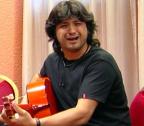

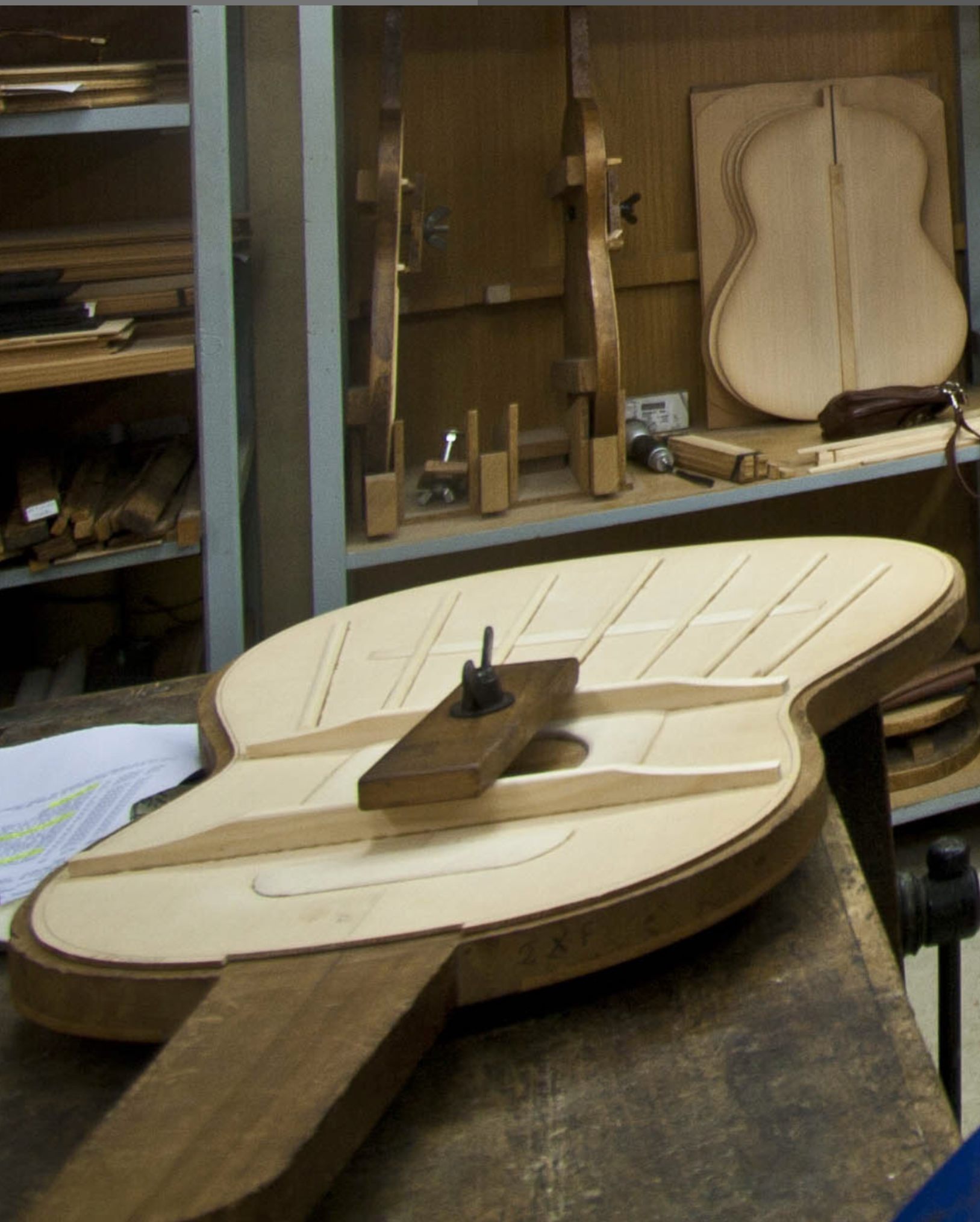
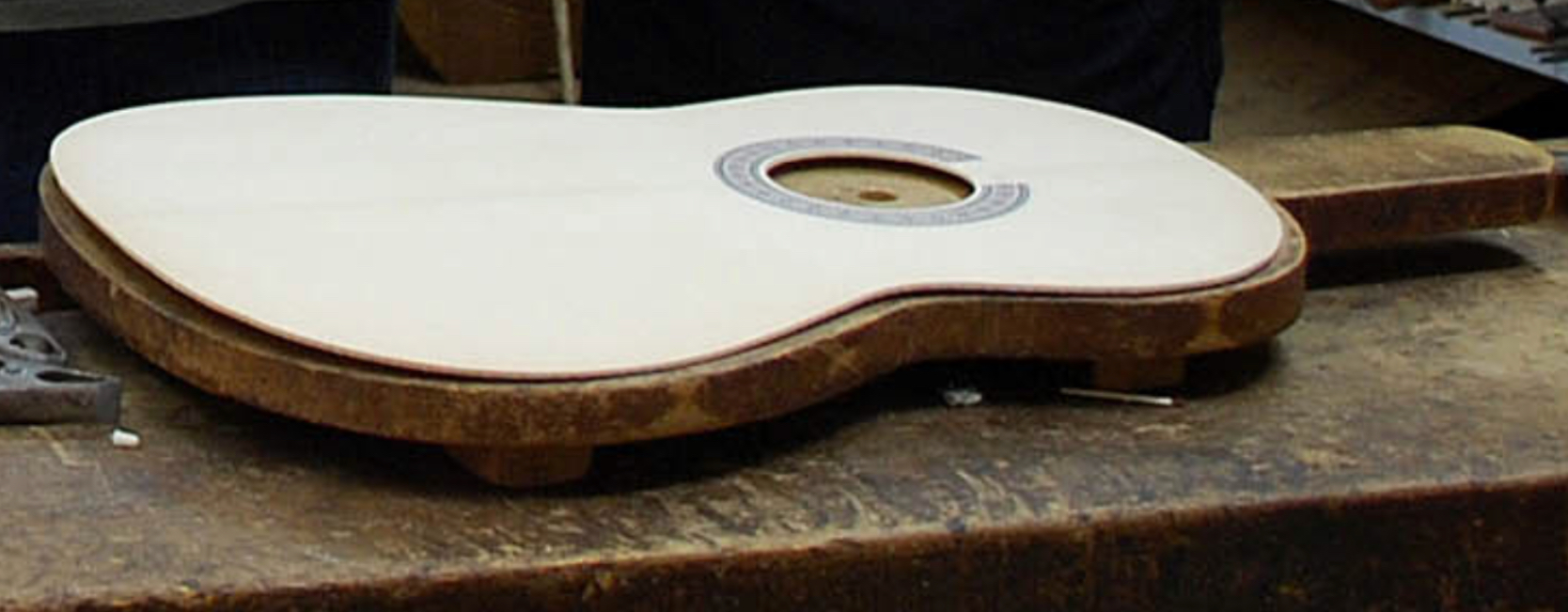

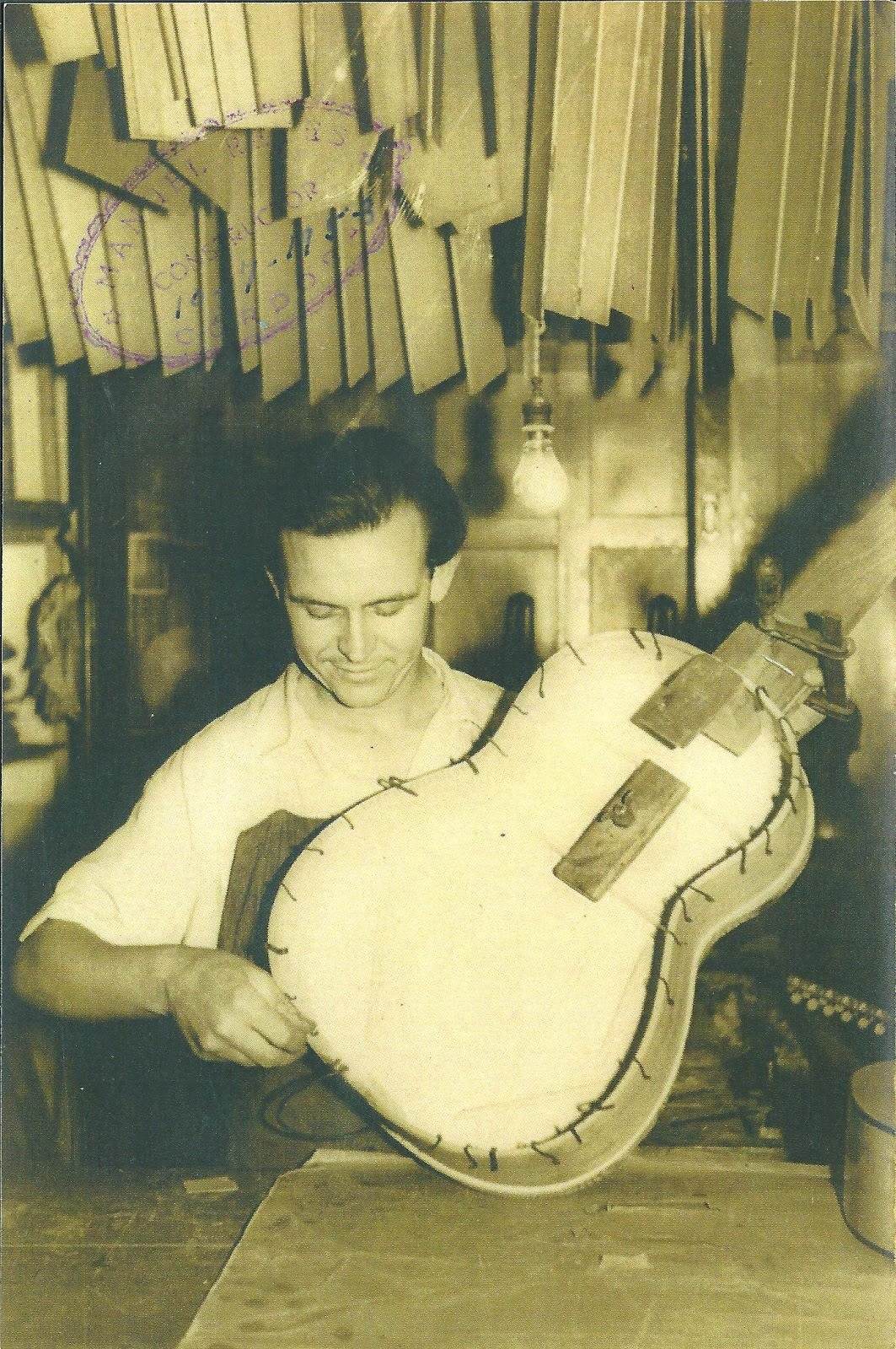
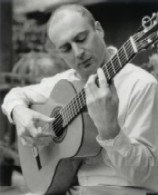


 Although you can cheat this issue by fretting a note a half step below your target note (or more if you are really a rocker) and bend it up then exaggerate your vibrato...your release will therefore go below target pitch, emulating side to side vibrato. A Couple of electric players were on to the side to side thing however, it’s interesting to notice...
Although you can cheat this issue by fretting a note a half step below your target note (or more if you are really a rocker) and bend it up then exaggerate your vibrato...your release will therefore go below target pitch, emulating side to side vibrato. A Couple of electric players were on to the side to side thing however, it’s interesting to notice... 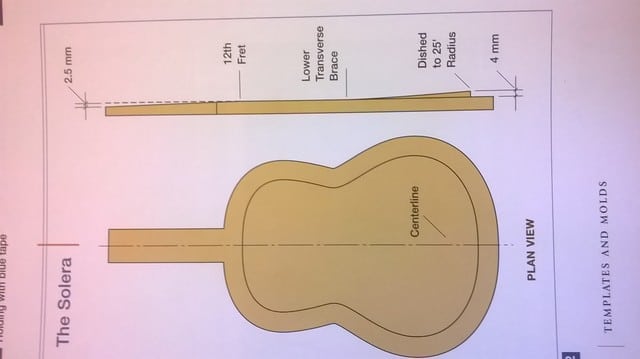

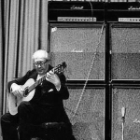

 New Messages
New Messages No New Messages
No New Messages Hot Topic w/ New Messages
Hot Topic w/ New Messages Hot Topic w/o New Messages
Hot Topic w/o New Messages Locked w/ New Messages
Locked w/ New Messages Locked w/o New Messages
Locked w/o New Messages Post New Thread
Post New Thread